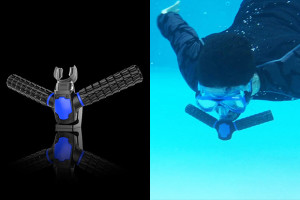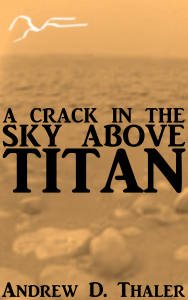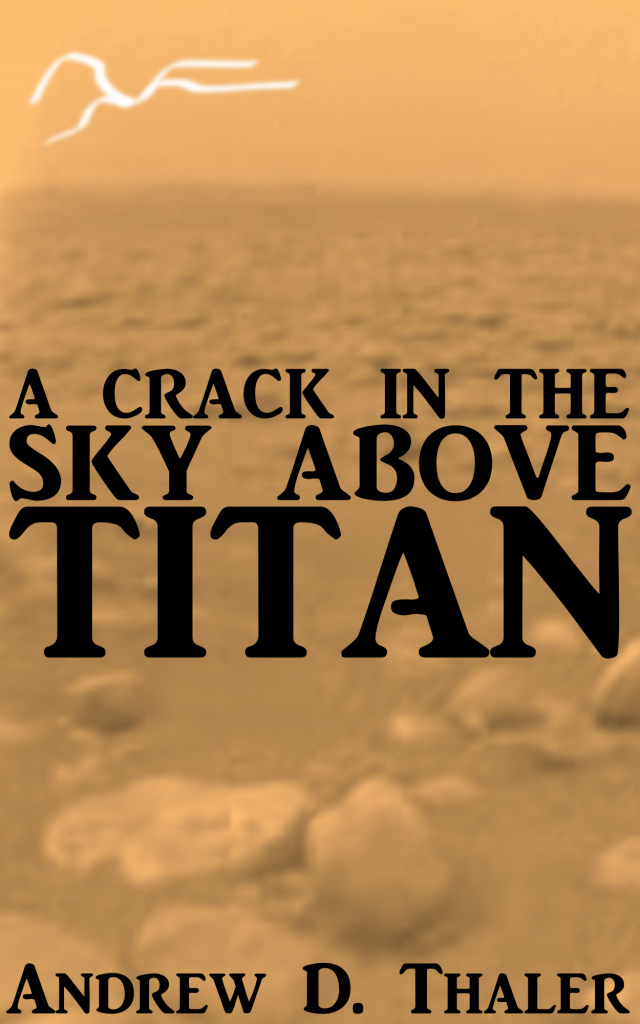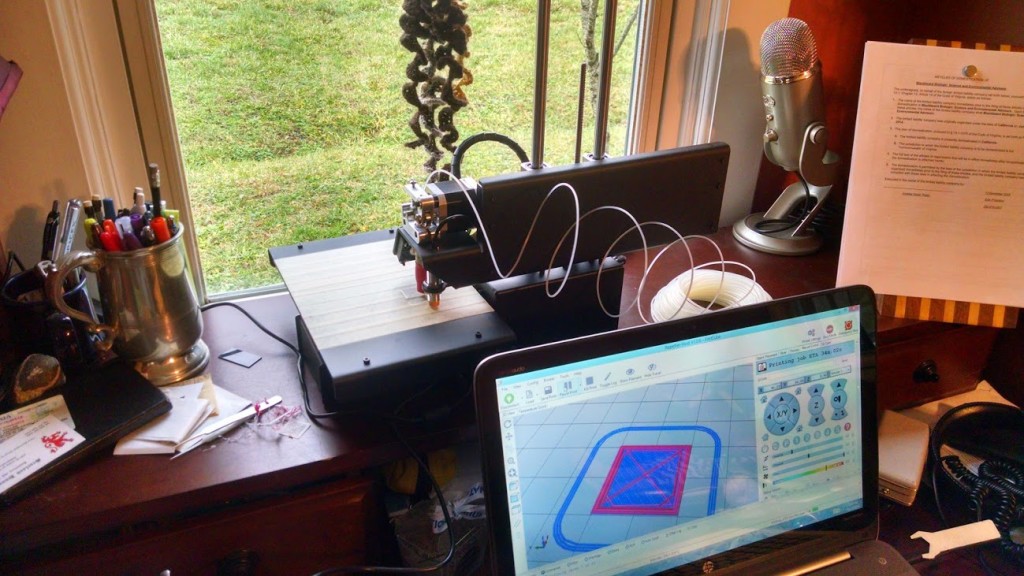Last Friday I pointed out that, based on the science presented and the behavior of the team involved, Triton Gills is almost certainly a scam. You can read that post and the linked articles for more details.
We do a bit of ocean debunking here at Southern Fried Science, though less and less every year, in part for the reasons listed below. While I find it vital for the ocean community that we push back, especially, about outright fraud, there are a few things that happen which make the entire process enormously frustrating. So much so that you come away disinclined to bother doing anything the next time a fraudulent project comes around.
1. Everyone expects you to be as outraged as they are. I get it, people don’t like being defrauded, people don’t like seeing others defrauded, and everyone feels a sense of self-righteous justice when they find something to rail against in real time. But I’m not the ShittyCrowdfunding Avenger. I saw a bad project, I wrote about the bad project, I gave some interviews to journalists about the bad project. I’m not in the business of doggedly pursuing one crowfunding campaign to extinction. I also don’t assume people are idiots. Whenever you back any crowdfunding campaign, you have to do your due diligence. We make an effort here to make our due diligence public and easy to find so that other can benefit from it.
Read More “A funny thing happens when you point out ocean scams.” »

 This Monday I launched
This Monday I launched  A simple writing prompt–what would it be like to sail across Titan?–has taken me on a
A simple writing prompt–what would it be like to sail across Titan?–has taken me on a 